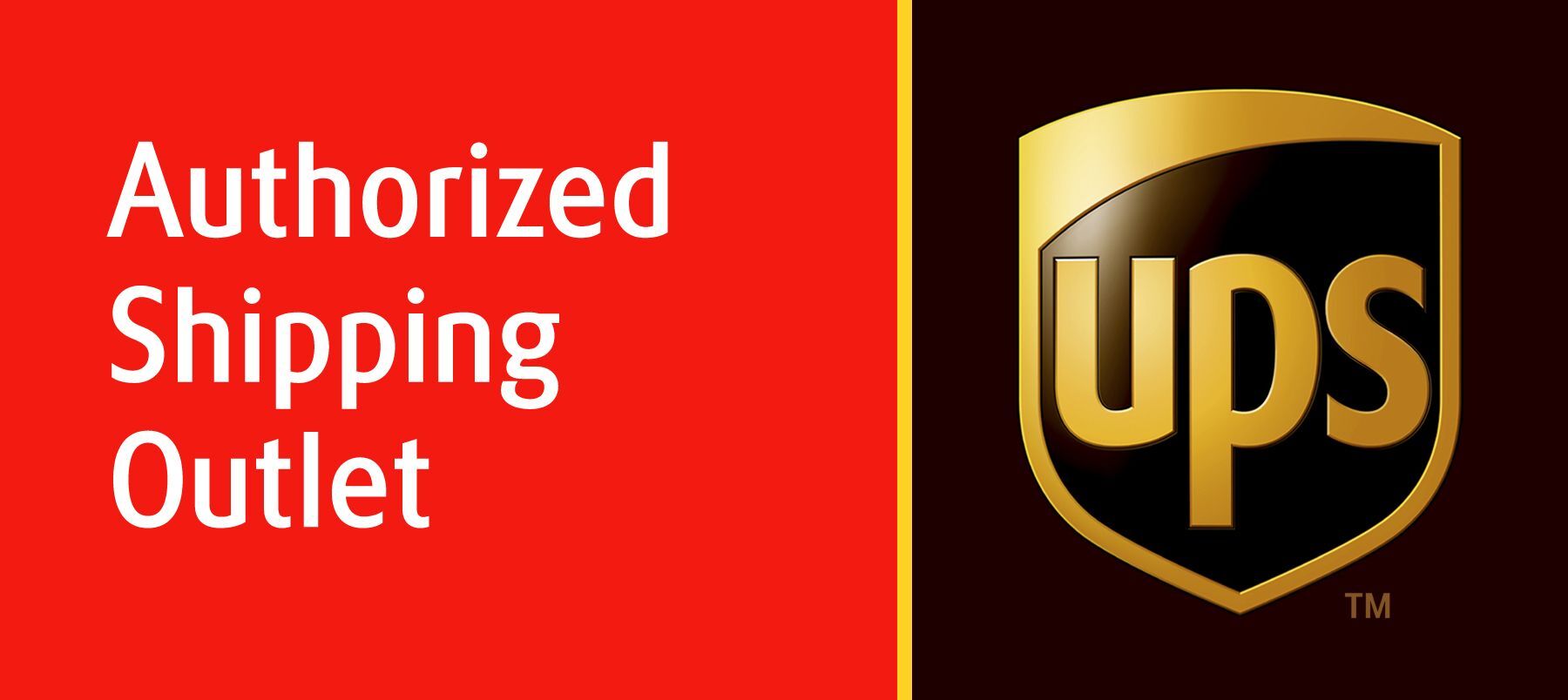Shipping Packages: 10 Avoidable Mistakes and How to Fix Them
Shipping is an integral part of e-commerce, retail, and business logistics. Yet, many businesses and individuals make avoidable mistakes that lead to lost packages, damaged goods, unexpected fees, or delivery delays. Whether you're shipping domestically or internationally, understanding the most common pitfalls can help you save money, improve customer satisfaction, and streamline operations.
Here are the top avoidable mistakes when shipping packages—and how to fix them.
1. Using the Wrong Box Size or Type
The Mistake
Many shippers choose the wrong box size, either too large (leading to unnecessary dimensional weight charges) or too small (causing damage from insufficient protection). Additionally, using weak or worn-out boxes increases the risk of the package getting crushed in transit.
The Fix
- Use a properly sized box: Avoid excessive empty space, which can lead to crushed items. However, also ensure there’s room for protective padding.
- Select a sturdy, new box: Reusing boxes is okay for non-fragile items, but worn-out boxes weaken the package’s integrity.
- Consider double-walled boxes for heavier or fragile shipments.
2. Poor Packing Techniques
The Mistake
Insufficient padding, improper item placement, or using inadequate materials (e.g., newspaper instead of bubble wrap) can lead to breakage. Some shippers also forget to use internal dividers for multiple items in one box.
The Fix
- Choose appropriate packing materials: Use bubble wrap, foam, or packing peanuts for delicate items.
- Wrap each item separately: Prevent movement and collision between items inside the box.
- Fill empty spaces: Use kraft paper or packing peanuts to minimize shifting during transit.
- Use the H-Tape method: Seal the box securely with strong packing tape along all seams.
3. Incorrect Box Measurements and Weight Entries
The Mistake
Many shippers underestimate or miscalculate box dimensions and weight. Since carriers charge based on actual or dimensional weight (whichever is higher), incorrect data can lead to unexpected fees.
The Fix
- Use a shipping scale and measuring tape: Round up to the nearest inch and pound for accuracy.
- Understand dimensional weight pricing: Carriers like FedEx, UPS, and DHL charge based on the volume a package occupies, not just the actual weight.
- Check carrier-specific measurement guidelines: Each carrier has slightly different policies on dimensional weight calculations.
4. Choosing the Wrong Carrier or Service Level
The Mistake
Shippers sometimes choose the most convenient or cheapest carrier without considering delivery speed, reliability, or service limitations. This can lead to delays, high return rates, or lost shipments.
The Fix
- Compare carrier options: FedEx, UPS, and DHL are great for time-sensitive packages, while USPS is often more affordable for lightweight shipments.
- Consider regional carriers: In some cases, local carriers provide faster and cheaper options.
- Know your shipping zones: The further the package travels, the higher the cost and transit time.
5. Ignoring Delivery Urgency and Cutoff Times
The Mistake
Failing to account for delivery deadlines, carrier pickup times, or transit delays can result in customer dissatisfaction. This is especially critical for e-commerce businesses with promised delivery windows.
The Fix
- Understand cutoff times: Each carrier has different deadlines for same-day processing.
- Account for weekends and holidays: Some carriers don’t deliver on Sundays or holidays unless you choose a premium service.
- Set realistic customer expectations: If offering same-day or two-day shipping, make sure your fulfillment process aligns with the carrier’s transit times.
6. Failing to Purchase Insurance for Valuable Packages
The Mistake
Many shippers assume their package is covered by the carrier’s liability policy, only to find out too late that it wasn’t. Carrier-provided coverage often has limits and exclusions.
The Fix
- Purchase third-party shipping insurance: Companies like Shipsurance and U-PIC often provide better coverage at lower costs than carriers.
- Declare an accurate package value: Underreporting the value to save on fees can backfire if the package is lost or damaged.
- Understand carrier liability limits: USPS includes $100 coverage for Priority Mail Express, but additional insurance is needed for higher-value items.
7. Using Illegible or Incorrect Shipping Labels
The Mistake
Handwritten labels, incorrect addresses, or missing suite/apartment numbers cause delays or lost shipments. This is a common issue in B2B and B2C transactions.
The Fix
- Use a printed label: Ensure the barcode is clear and scannable.
- Verify address accuracy: Use address validation tools from carriers like USPS, FedEx, or UPS.
- Include return and recipient contact info: This helps with delivery issues or returns.
8. Neglecting International Shipping Regulations and Duties
The Mistake
Failing to properly classify items, complete customs forms, or account for duties and taxes can lead to delays, confiscated goods, or unexpected charges.
The Fix
- Research country-specific restrictions: Some countries prohibit certain items like electronics, liquids, or perishables.
- Use proper HS codes: These codes classify goods for customs clearance.
- Choose DDP over DDU when possible: Delivered Duty Paid (DDP) means duties are prepaid, reducing the chance of delays or unexpected charges to the recipient.
9. Overlooking Return Shipping Considerations
The Mistake
Many businesses focus on outbound shipping but fail to plan for returns, leading to costly and inefficient reverse logistics.
The Fix
- Include a return label inside the package: This simplifies the process for customers.
- Use prepaid return options for high-value or time-sensitive items: This can improve customer satisfaction.
- Have a clear return policy: Make sure customers understand how to return items and who covers the cost.
10. Not Tracking Shipments or Offering Real-Time Updates
The Mistake
Failing to provide tracking updates increases the risk of lost packages and customer complaints. Businesses that don’t monitor shipments can’t proactively address delays.
The Fix
- Always enable tracking: Most carriers provide tracking automatically, but premium services offer more detailed updates.
- Use shipping software for automation: Platforms like PostalMate, ShipStation, EasyPost, or Shopify Shipping offer tracking notifications.
- Monitor shipments and address issues proactively: If a package is delayed, notify the recipient and work with the carrier to resolve it.
Final Thoughts
Shipping mistakes can be costly, but they are easily avoidable with proper planning and attention to detail. Whether you’re an e-commerce business, a retail shipper, or a small business owner, focusing on box selection, packing techniques, carrier choice, insurance, and tracking can significantly improve your shipping success rate.
By implementing these best practices, you’ll reduce damage claims, lower costs, and enhance customer satisfaction—leading to more efficient and reliable shipping operations.
Got a shipping question? Drop it in the comments below!





